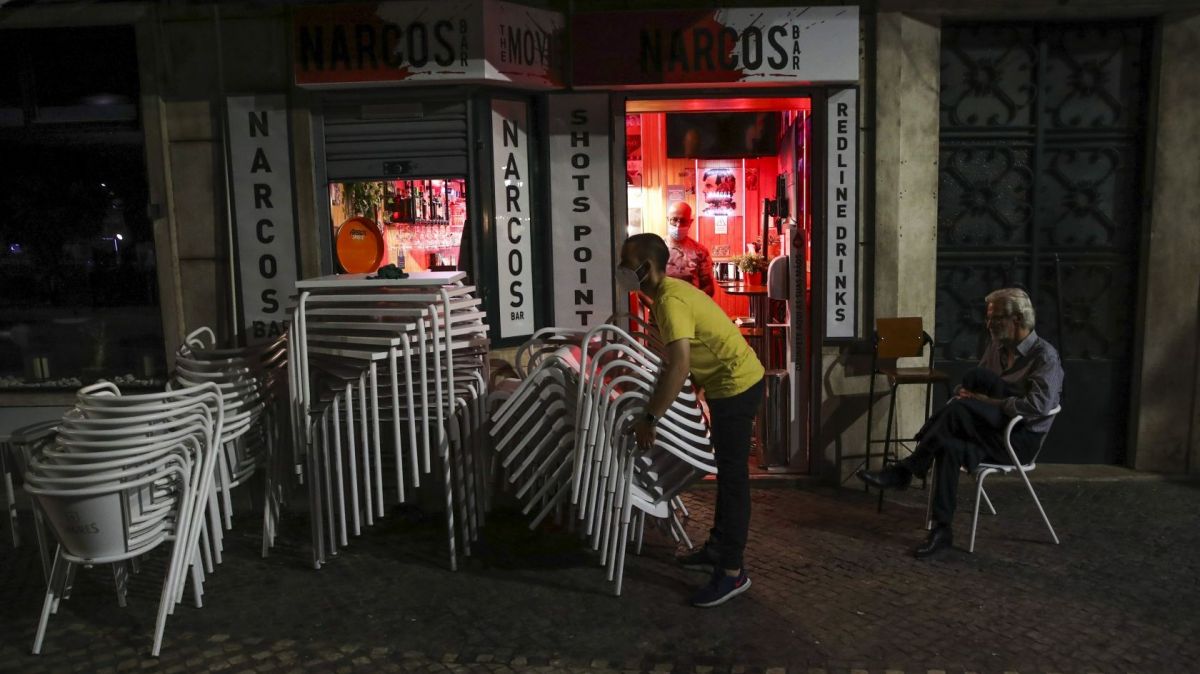This was the conclusion reached by the German environment defence association NABU, which working alongside Quercus, took measurements of the ship-caused pollution in Lisbon.
Speaking to Lusa News Agency Mafalda Sousa, of Quercus, explained that the three-day action carried out in Lisbon at the start of this week aims to draw attention to the ships’ emissions at the Santa Apolónia terminals, and the ferries’ emissions at Cais do Sodré.
“We took some measurements and found levels of ultra-fine particles of very small size, which are those that have the biggest effects on health because they penetrate deeper into the respiratory system and can be very harmful to health,” she said, warning that at 9.30am on Tuesday morning the levels were at 15,000 particles per cubic centimetre, when the normal is a thousand.
According to Mafalda Sousa, NABU carried out other measurements across Lisbon, namely at the Cais do Sodré ferry terminal, and found that as the boats set sail pollution levels reached 500,000 particles per cubic centimetre; a “very high” reading particularly as the ferry is used by thousands of people every day to cross the Tagus River.
“At Cais do Sodré we measured an average of 20,000 particles per cubic centimetre, and at the point of departure, when the engines are at full power to set sail, [it reached] 500,000 particles. They are very high numbers, when compared with the level considered clean, where [we] only measured a thousand particles”, she said.
As a comparison, in the heart of the city of Berlin, NABU’s technicians measured values of 6,000 particles per cubic centimetre.
NABU technician Daniel Rieger explained that people are unaware of the quality of air they breathe in the cities and that the association’s work in Lisbon was carried out precisely to make known what happens at main European ports through the project “Clean Air Ports”.
“We have equipment that assess particle emissions, sulphur oxides and nitrogen oxides, and the pollution levels recorded that were caused by two ships anchored here now, are far superior to the pollution caused by traffic and will blow into the city centre, where people live and breathe every day”, the specialist added.
Rieger explained that Lisbon’s readings are comparable to measurements found in other European cruise ports such as Venice, Barcelona, Bergen (in Norway) and Hamburg (Germany).
According to Daniel Riger, such results are due to the fact that ships are sailing with “very heavy and dirty fuels, without doing anything to filter the polluted air.”
Mafalda Sousa said that the data collected will now be submitted to the Administration of the Port of Lisbon (APL), with suggestions and recommendations of how the performance of cruise and cargo ships can be improved.
Quercus accuses cruise ships of polluting Lisbon
By TPN/Lusa, in World · 14 May 2015, 13:20 · 0 Comments










